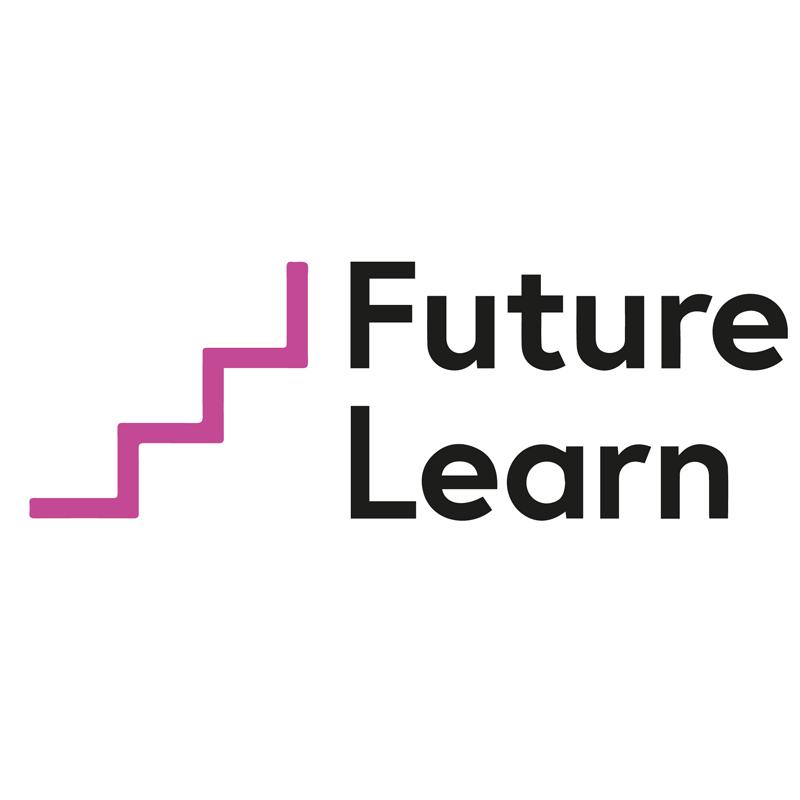
How stackable credits are helping universities better meet the demands of employers and students

As students demand flexibility from higher education institutions, a greater focus on stackable credits has emerged. A stackable microcredential can be valuable on its own – worth between 5 and 30 academic credits – or it can serve as a building block to a larger certificate, but, crucially, it is about engaging with student learning in a more flexible way. They have become particularly pertinent as the demand for microcredentials has increased across the sector.
At the 2023 THE Digital Universities UK event, academics were joined by leaders from digital education platform FutureLearn to discuss the rise of stackability and why it is increasingly important to students. The panel was titled “Are stackable credits the future of education? Learn from the trailblazers paving the way”.
During the panel, FutureLearn’s partners shared their insights into how they have launched stackable credits at their institutions. “We recognised the bespoke requirements of different institutions and how they deliver education in different ways,” said Mel Bull, assistant head of postgraduate and executive education at Nottingham Trent University’s Business School. “That’s why we’ve really focused on creating a flexible framework to allow credit transfer cross-institutionally.”
Mike Bennett, Head of Portfolio and Learning Design at King’s College London talked about their approach to stackability, “We’ve developed our own stackable framework for continuing professional development [CPD]. For us, CPD is nothing new, but the difference here is how credits are accumulated, we want to ensure that individuals and employers can meet their specific requirements without the need to do an entire degree.”
As careers and industries evolve, the importance of reskilling and upskilling using flexible and stackable courses will rise in prominence. But this will require a shift in how higher education certificates are delivered and awarded.
“We made the decision early on that we wanted a multidisciplinary framework,” Bennett said. “We have been able to do this because King’s formed a quasi-faculty called the School of Professional Continuing Education. This is academic-led but works alongside our existing faculties.”
Bull believes that a truly flexible accredited learning experience allows people to transfer and stack their credits cross-institutionally to earn a full degree-level qualification. Using a marketplace platform like FutureLearn can resolve many of the complications the institutions face when planning for and delivering stackable learning, such as with admissions, marketing, finance and data. “Often institutions may have received funding to create microcredentials but do not have support around marketing them,” said Yvonne Chien, chief growth officer at FutureLearn. “This is where a marketplace like FutureLearn could provide real value.”
“The stackable framework presents an opportunity to make quality higher education more accessible,” Bennett said. “This may take time, but we are getting more and more stakeholders on-side.”
Find out more about FutureLearn.

